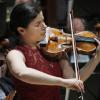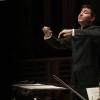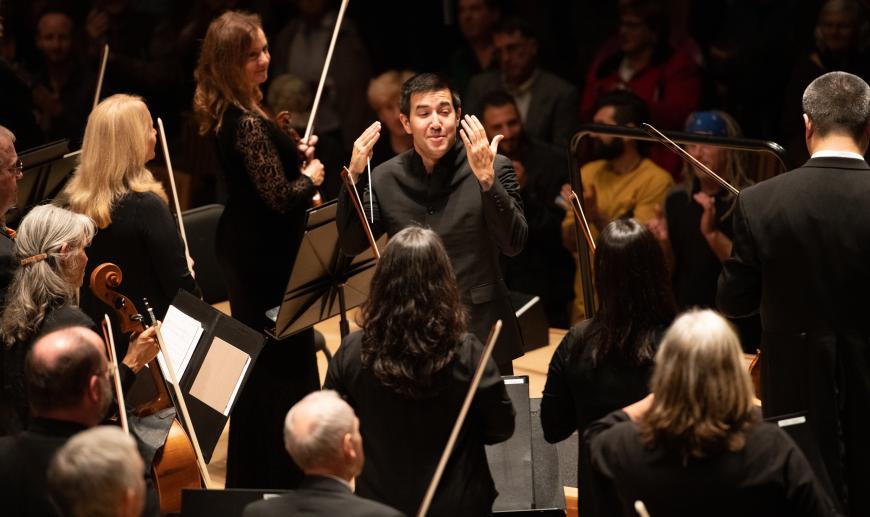
It’s no accident that many classic movie scores sound like Sergei Rachmaninoff might have had a hand in them. For the Santa Rosa Symphony’s Jan. 22 concert at Sonoma State’s Green Music Center, titled “RACH and the Hollywood Sound,” the second in a series devised by Music Director Francesco Lecce-Chong, the orchestra highlighted the Rachmaninoff influence on old Hollywood by playing two movie scores alongside the composer’s Symphony No. 2.
Franz Waxman’s suite from The Nun’s Story (1959) was an effective opener, establishing a seriously foreboding mood within the first few measures. The orchestration was instantly familiar, with the strings playing a stepwise melody encircled by the brass. The unfurling of the theme was frequently dramatic, with Stravinsky-like rhythms coursing through the orchestra. A single held note at the end with bells chiming in the background brought the proceedings to a dramatic close.
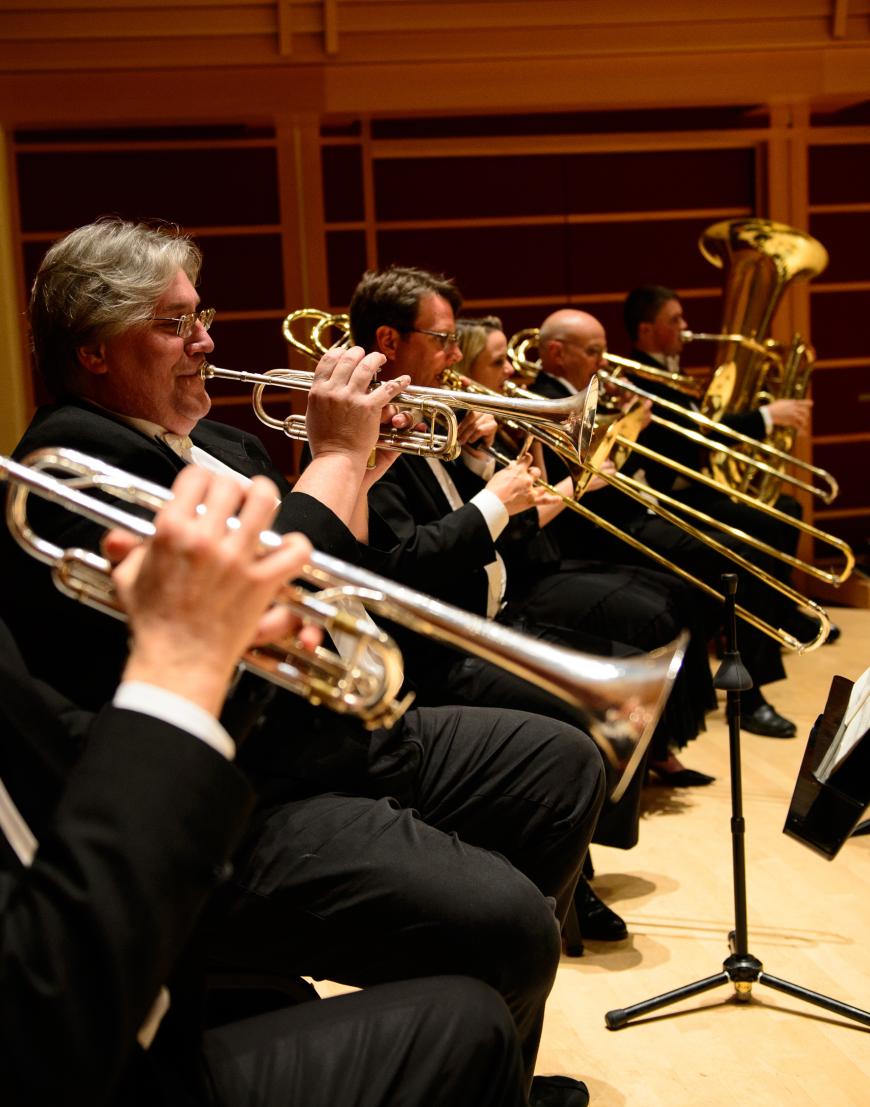
A more accurate title for Max Steiner’s suite from Gone With the Wind could be Tara in the Wind, so frequently does he invoke the character’s eight-note motif. As Lecce-Chong pointed out in his live comments, Steiner’s orchestral score gives more details than his movie version. The first few minutes of the suite proved that observation true. Snatches of Civil War songs, including “Dixie,” rose up from the background and were quickly swallowed by the Tara theme.
The piece took a lengthy pause near the end, allowing English horn player Bennie Cottone to unleash a beautiful solo, after which the suite ended, inevitably, with a last iteration of the main theme in the brass.
Following Steiner’s heavy-handed orchestration, it was a relief to hear a different approach in Rachmaninoff’s Second Symphony. The first movement featured marvelous interplay between the different orchestral sections over a low drone from the basses and deep brass. A languid melody gave way to another English horn solo and a general lifting of the mood, almost too cheerful, as if Rachmaninoff were playing with the orchestra’s range of possible sounds. The energy built as strong duplets in the strings were in counterpoint with descending triplets in the brass.
Throughout this whirlwind of activity, Lecce-Chong commanded his players’ attention, bending at the knees during crucial passages and keeping his baton rock-steady. He also brought out the emotional content of the music, ranging from euphoric to subdued to melancholic.
The rapid opening of the Allegro molto second movement seemed almost redundant after the high-pitched abandon of the first. The players were still full of energy, and the strings latched on to their scampering theme with aplomb. Shortly thereafter, they put on the brakes and presented a powerful new melody, using full bows with the gathered forces of the orchestra solidly behind them. Another fast theme reared up, sparking the players to keep hurtling forward to the end.
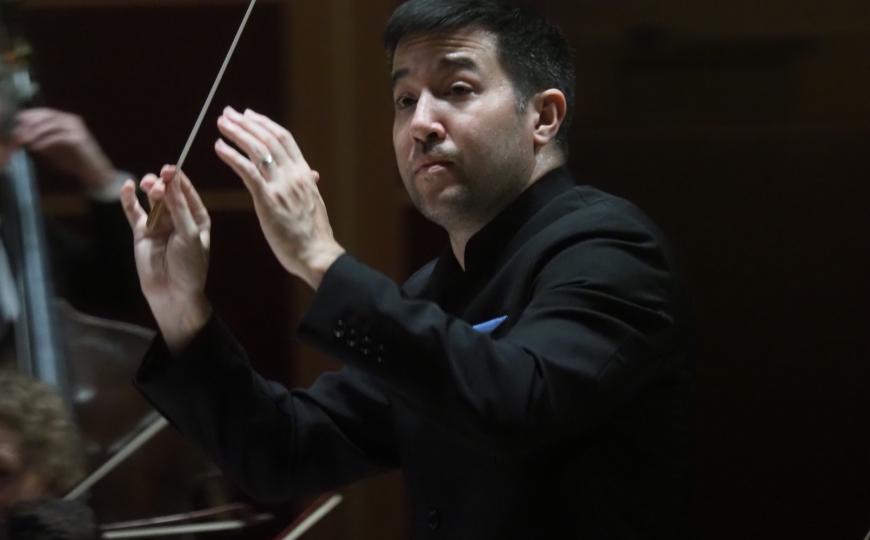
The next movement, a beautiful Adagio, opened in the cellos and migrated to the violins via a wonderful clarinet solo from Roy Zajac. An ascending six-note motif helped to unite the orchestra into a solid block of sound. Lecce-Chong was like a man walking through water, maintaining this tempo through his slow-motion conducting.
The final movement cranked up the tempo to Allegro vivace. The first violins dominated, with lengthy melodic lines stitched together from new and earlier motifs. The scurrying counterpoint diminished in interest as the movement went on, but that could have owed to the sheer length of the symphony. The original version was more than an hour long, and the Santa Rosa Symphony’s version was about 45 minutes. Cutting a few more minutes is something to think about. With the noise and flash, you can see why Hollywood took notice.


